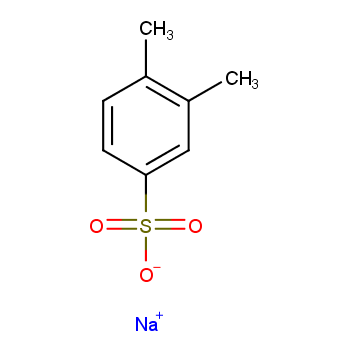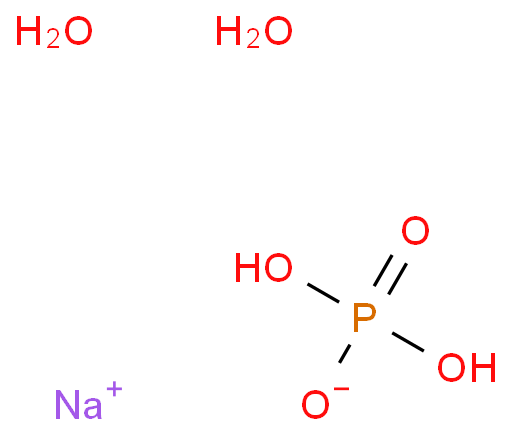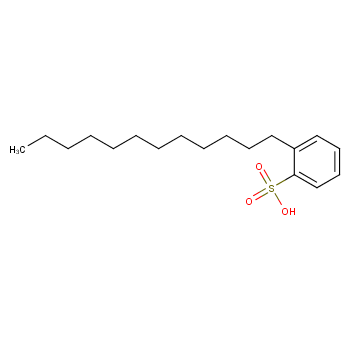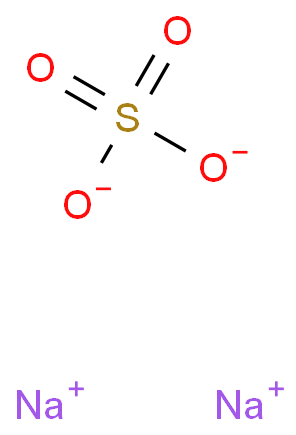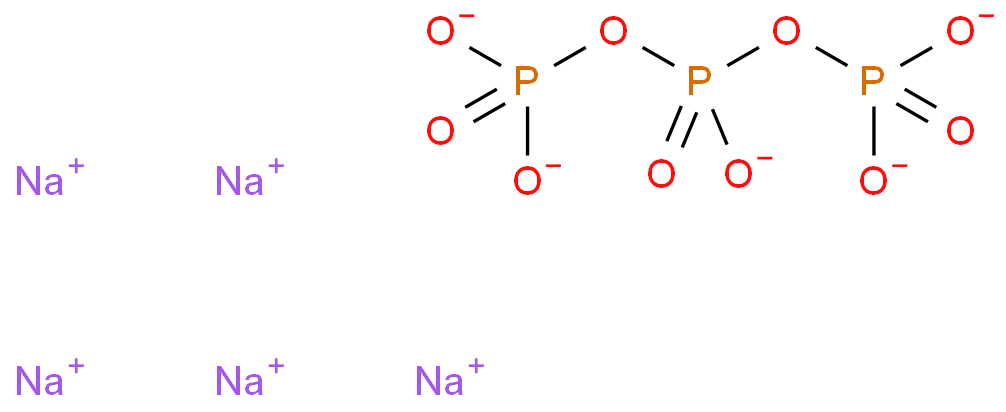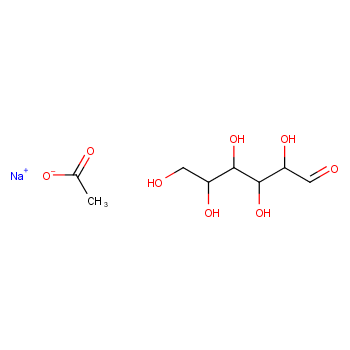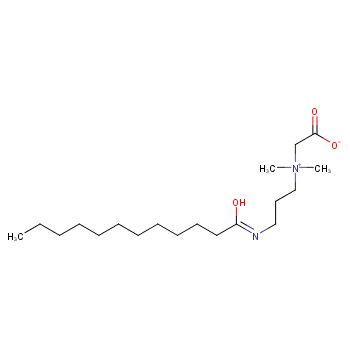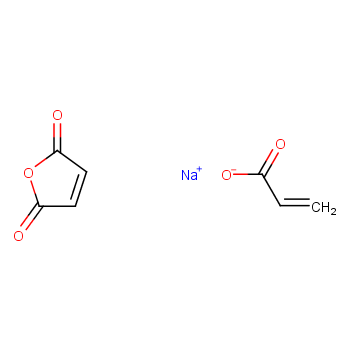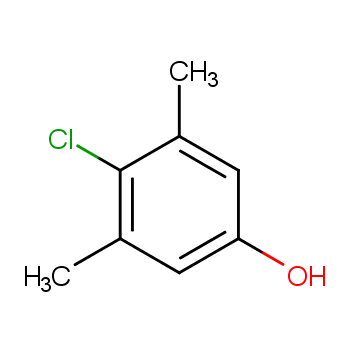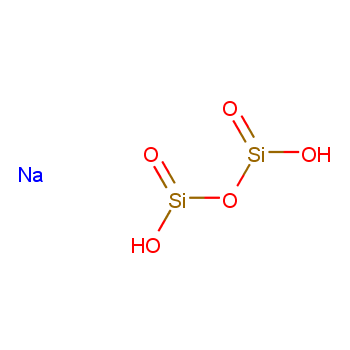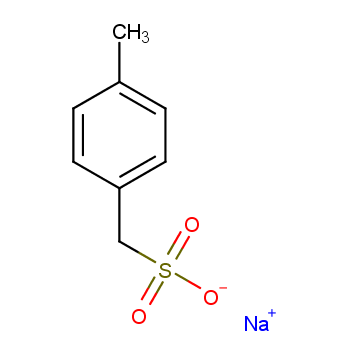Categories
< Detergent Raw Materials
Detergent Raw Materials
Detergent raw materials are chemicals that are used in the production of detergents and cleaning agents. These raw materials are responsible for the cleaning properties of the detergents and play an important role in their effectiveness. Some common detergent raw materials include:
Surfactants: These are the primary cleaning agents in detergents. They work by reducing the surface tension of water, allowing it to penetrate and remove dirt and grease. Surfactants can be either anionic, cationic, nonionic, or amphoteric.
Builders: Builders are used to soften hard water and improve the effectiveness of surfactants. They work by binding with calcium and magnesium ions in the water to prevent them from interfering with the cleaning process.
Enzymes: Enzymes are biological catalysts that break down stains and soils into smaller, more soluble components that can be easily removed by surfactants.
Optical Brighteners: These are chemicals that absorb ultraviolet light and re-emit it as visible light, making clothes appear brighter and whiter.
Solvents: Solvents are used to dissolve and remove oily and greasy stains. Common solvents used in detergents include ethanol, isopropanol, and propylene glycol.
Perfumes: Perfumes are added to detergents to give them a pleasant scent.
Antimicrobial agents: These are chemicals that kill or inhibit the growth of bacteria and other microorganisms. They are commonly used in laundry detergents to prevent the growth of odor-causing bacteria.
Bleaching agents: Bleaching agents, such as hydrogen peroxide and sodium hypochlorite, are used to remove stains and whiten fabrics.
+more
-
-
-
-
-
-
-
Sodium sulfate
- It appears as white monoclinic crystal or powder. It can be dissolved in water with the aqueous solution being alkaline. IT can be dissolved in glycerol and is insoluble in ethanol. Sodium sulfate, NaS04, also known as thenardite and salt cake, is a crystalline compound that melts at 888°C (1632°C)...
- CAS No: 7757-82-6
- Molecular Weight: 142.04200
- Molecular Formula:Na2O4S
- Density:2.68g/mLat 25°C(lit.)
- Boiling Point:1700°C
- Flash Point:°C
Encyclopedia
Safety and Handling
MSDS
Synthesis Route
934 Suppliers
Request For Quotation
-
-
-
-
Cocamidopropyl betaine
- Cocamidopropyl betaine, with the chemical formula C19H38N2O3, has the CAS number 61789-40-0. It is a synthetic surfactant that is widely used in personal care products. Cocamidopropyl betaine appears as a clear to pale yellow liquid with a mild characteristic odor. Its basic structure consists of a ..
- CAS No: 61789-40-0
- Molecular Weight: 342.524
- Molecular Formula:C19H38N2O3
- Boiling Point:104.3℃[at 101 325 Pa]
Encyclopedia
Safety and Handling
MSDS
201 Suppliers
Request For Quotation
-
-
-
-
-
-
-
-
-
